|
We meet lots of interesting people at the hotel and Lynn had got chatting last week to a German couple Bernd and Bita. Bernd had shown us how to access the roof terrace of the Mares side of the hotel and the superb views that you can get from up there. He had pointed out a coral limestone hill in the distance and said that he always takes a walk up there during his trips (they are also regular visitors) and suggested that we do the walk together. Always up for a challenge and the chance of going to somewhere new we decided that today would be a good day. We were hoping that it would be a little cooler after the hurricane but that wasn't the case as the sun rose higher - it was over 30°C and very humid. After walking for an hour along the road we turned off through a field and Bernd pointed out the hill in the distance, far right on the picture. Bernd knew a lot about the plants here so whilst he explained about these I pointed out the other wildlife. And there was plenty of it. Cacti are often planted as living hedges as they are cheaper and longer-lasting than timber or wire. A Smooth-billed Ani sat on top of one of these. Through a farmyard of goats and then onto a track where we passed under an archway marked Cerro de Yaguajáy which was where we were headed. The path narrowed and the number of butterflies increased with first a Chestnut Leafwing Cymatogramma echemus and then lots of Antillean Crescent Antillea pelops, about 30 of them which is many more than all the ones we had seen before put together. And then a couple of skippers - Common Long-tailed Skipper Urbanus proteus is common enough but then the endemic Cuban Longtail Chioides marmorosa buzzed about and settled in front of me. This is a real rarity and although we have found larvae near the hotel we have never seen an adult here before. The path narrowed and climbed and we reached the edge of the rock face with the path going up a series of flimsy rotting timber ladders. Lynn was finding it hard to get up these as they were very slippery so we left her for the mozzies and Bernd and I pressed on. The microclimate here was very different with several species of large centipede and many fiddler crabs occupying snail shells of various sizes. There were also some nice reptiles in this area including two new species for us. The first was found by Lynn as she sat waiting for our return and is called Spanish Flag Anole Anolis allogus presumably a reference to the colour of the dewlap. And the other was a Central Pallid Anole Anolis centralis which we found near the top. Another good find was a pupal exuvia of Caribbean Faceted Skipper Synapte malitiosa (thank you Douglas for the id). The shed head capsule is usually the best feature to use for the id of skippers as for many species these are diagnostic. On the way down we saw a Lesser Cuban Racer Caraiba andreae and a courting pair of Smudged Yellow Eurema lucina. When we were most of the way back we were very pleased to see Fidel's horse and trap by the road as he was checking on his other horses in the field, and he willingly took us back to the hotel and saved us the final trudge in the full heat of the sun. We'll definitely go back there again on our next trip later this year as it warrants further exploration and we might even cheat and get Fidel to take us in style for a good part of the journey.
0 Comments
Leave a Reply. |
Welcome to our Blog
Here we will post interesting news about what we and others have seen in Cuba. Archives
July 2024
Categories |
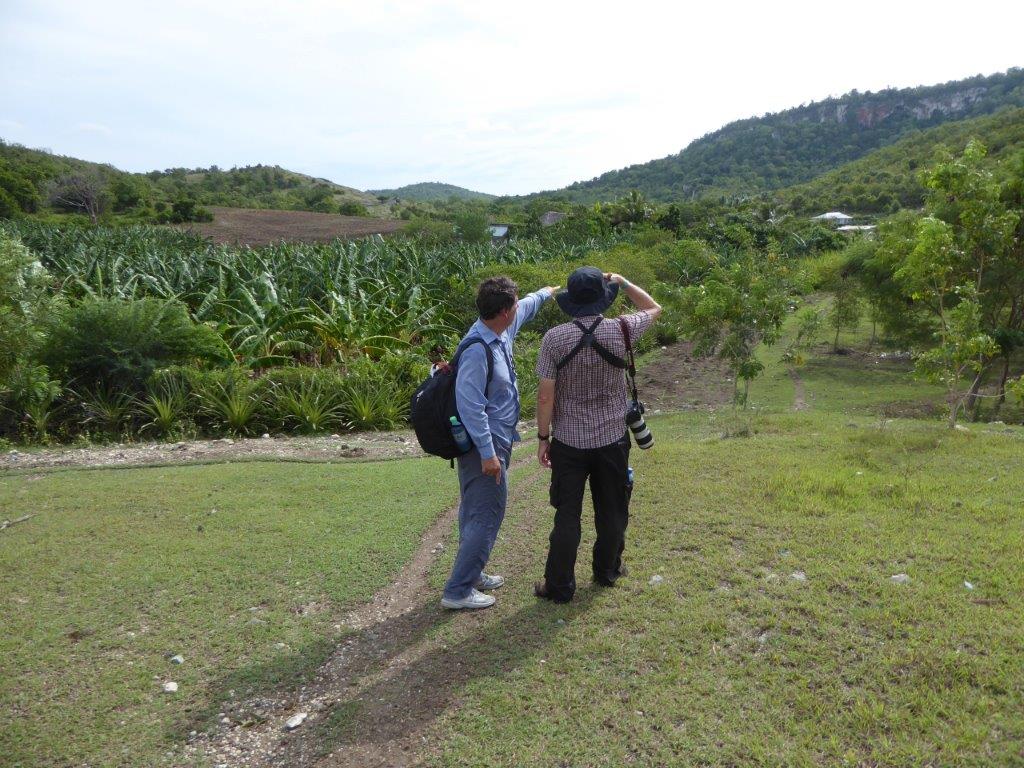
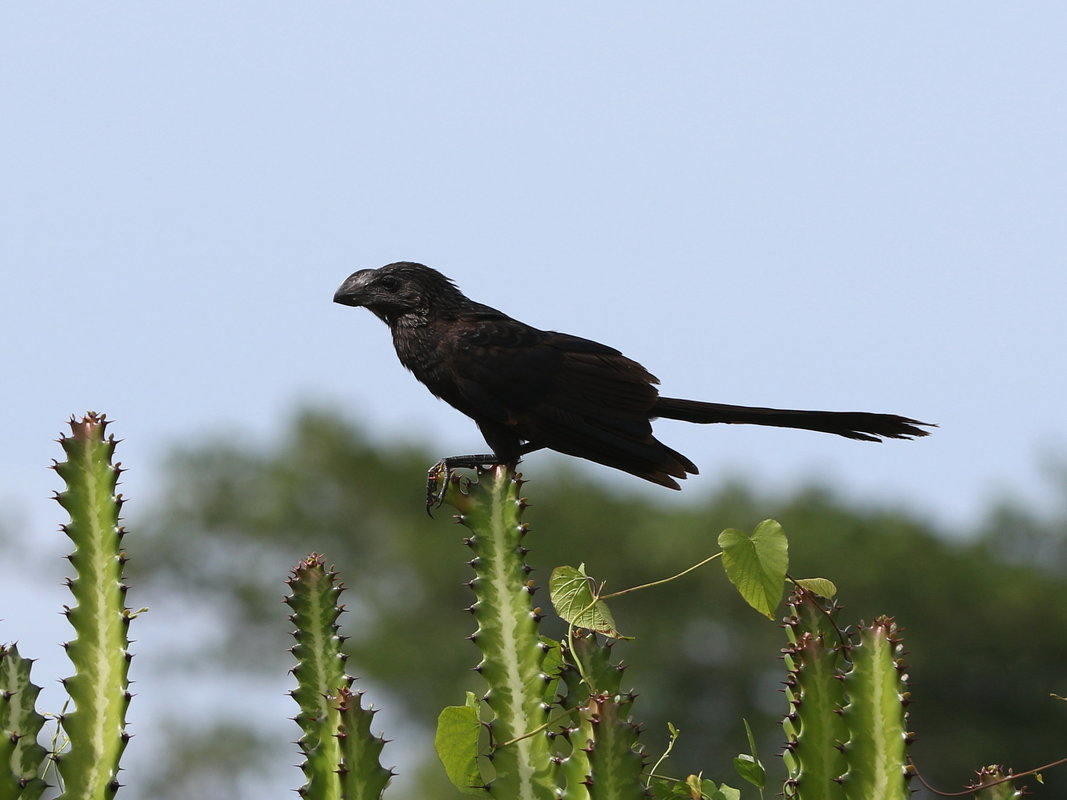


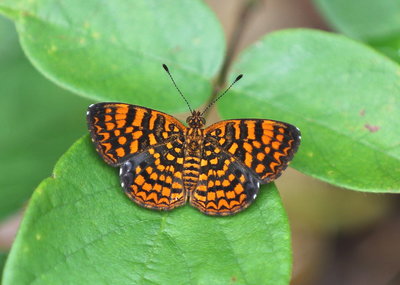
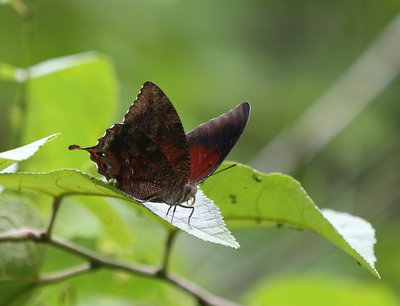
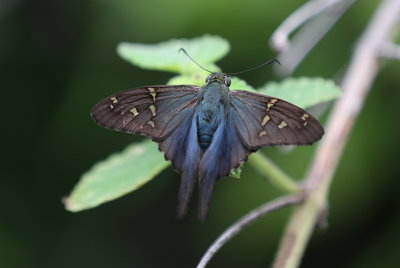
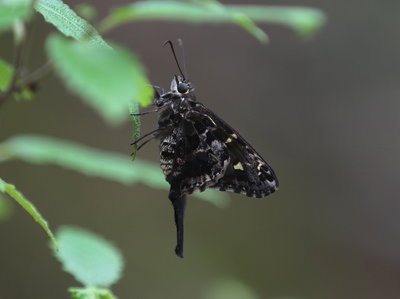
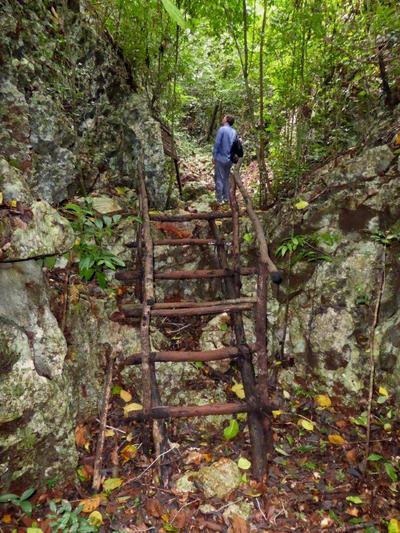
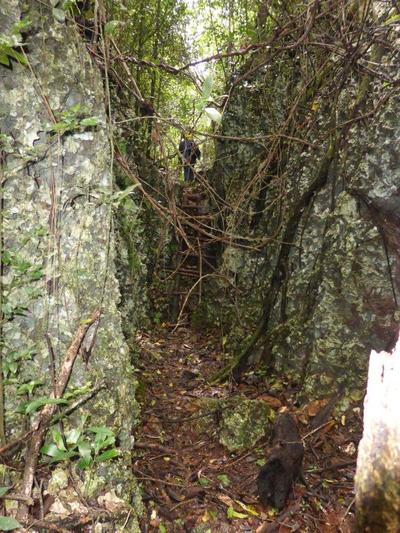
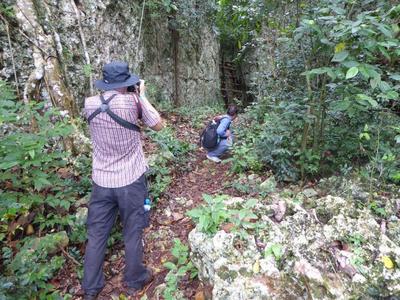
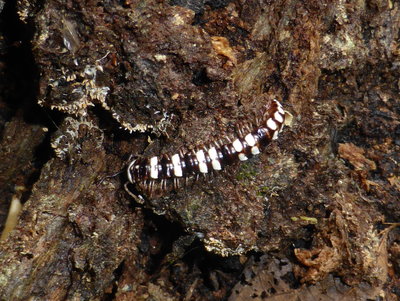
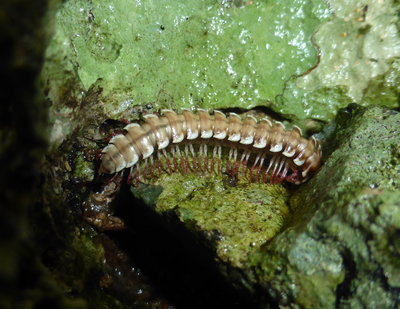
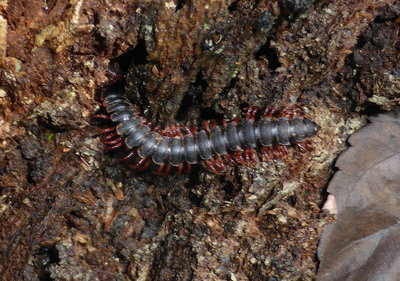
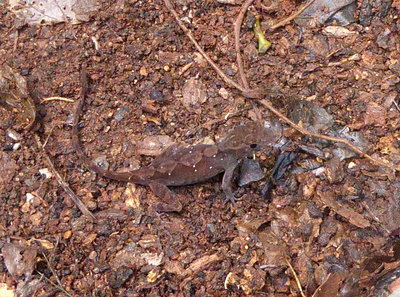
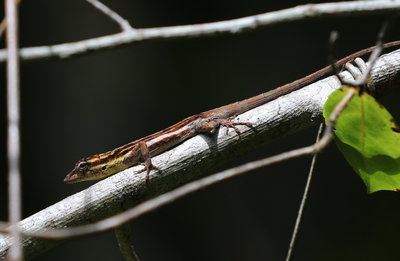
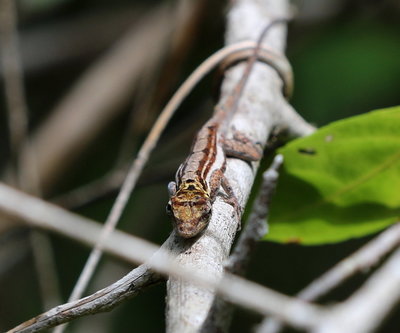
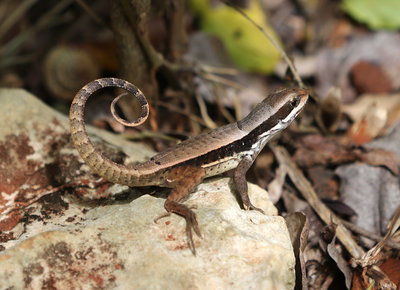
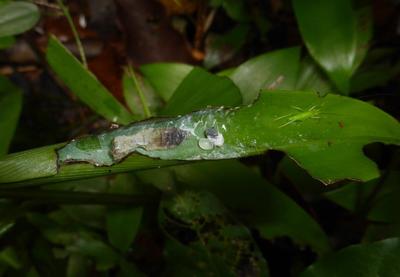
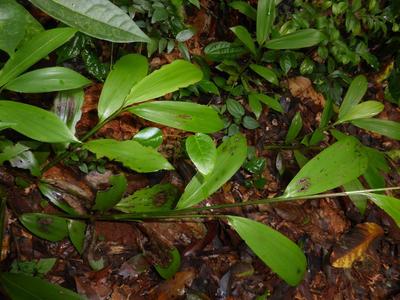
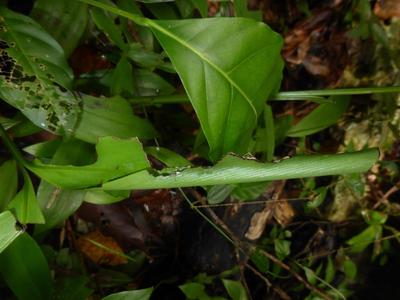
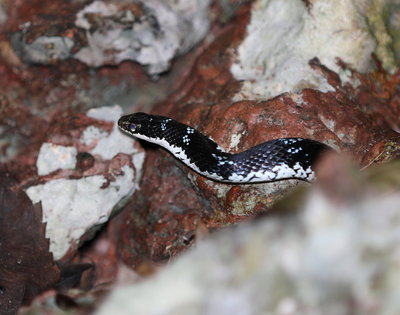
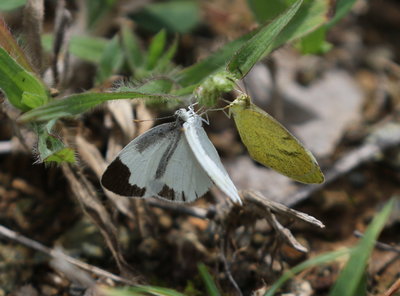
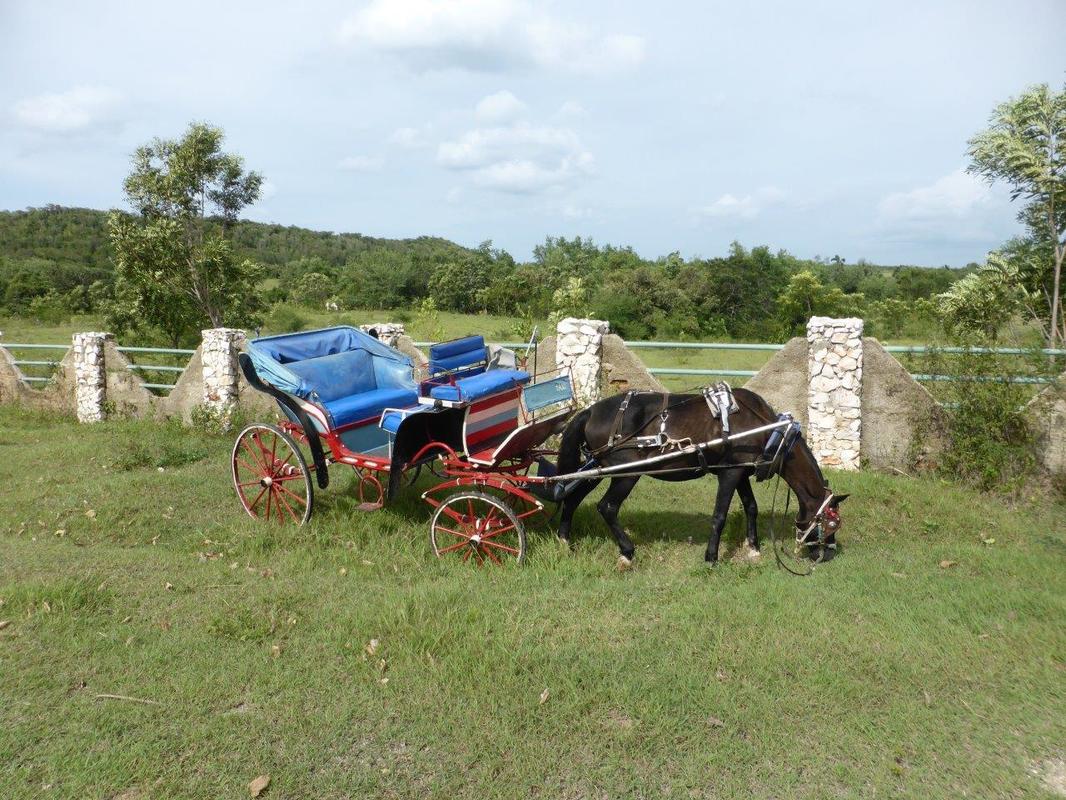
 RSS Feed
RSS Feed